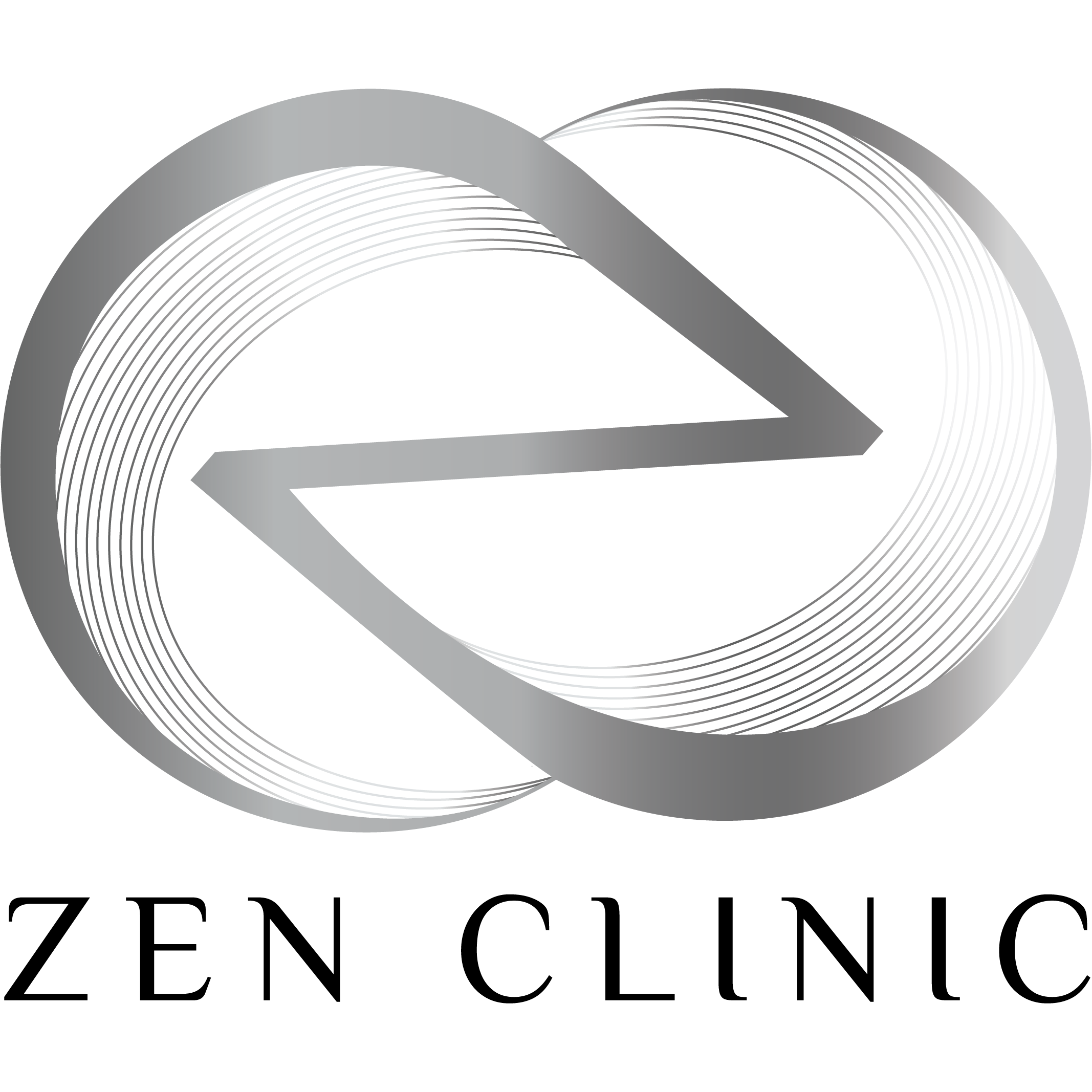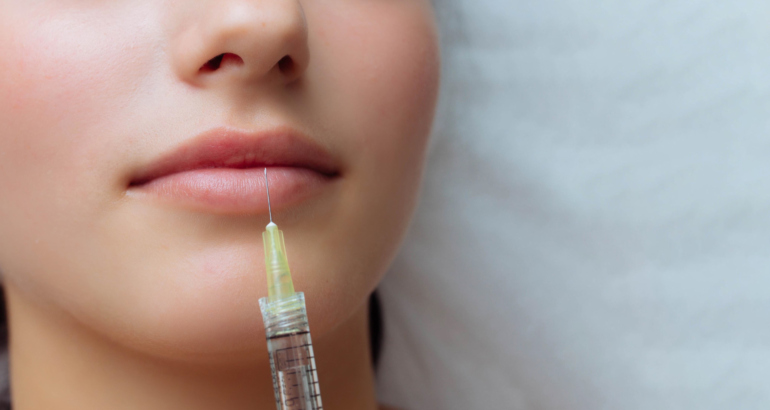iron deficiency (ID) occurs when absorption of dietary iron is not sufficient to cover the loss of iron and the body’s iron requirements.
The average person has 3,000-4,000mg of iron in the body. Every day, 1-2mg is lost and 1-2mg is absorbed and utilised. Every 1ml of blood contains 0.5mg of iron and excess blood loss is the key cause of the iron deficiency. If iron deficiency is not treated, it may lead to impaired quality of life, a weakened immune system, and ultimately result in anaemia.
ROLE OF IRON
Oxygen transportation around the body (within haemoglobin)
Oxygen utilisation by all cells in our body (giving us energy)
DIAGNOSING IRON DEFICIENCY
Serum ferritin is one of the most reliable markers for iron deficiency.
A simple Iron Profile blood test will let you know if your iron levels are healthy within a week.
Healthy level of iron –> Serum Ferritin at > 100ng/mL
Low level of iron –> Serum Ferritin at 31 – 100ng/mL
Absolute iron deficiency –> Serum Ferritin < 30 ng/Ml
COMMON SYMPTOMS OF HAIR LOSS
Fatigue
Iron deficiency may reduce the body’s oxygen delivery capacity, which results in a state of fatigue. Muscles (myoglobin) also require iron for all aerobic activities.
Hair loss
Iron is an essential element of hair growth. Usually, hair loss is one of the first symptoms of iron deficiency and is associated with Serum Ferritin levels falling below <70ng/ml.
Headaches
When deprived of oxygenated blood, the muscles in the face, neck and/or shoulders may become tense, which can result in more frequent headaches.
Frequent Infections
When iron is deficient, it is difficult for the body to defend itself against infections, which may result in more frequent common colds, flu and/or infections.
UNCOMMON SYMPTOMS OF HAIR LOSS
Craving for ice (a.k.a. pica)
Pica is a term used to describe craving and chewing substances that have no nutritional value such as ice.
Restless leg syndrome
An uncomfortable and strange sensation in legs and feet, particularly when resting may be related to the restless leg syndrome. Many sufferers feel the need to move their legs to get rid of the feeling.
CAUSES OF IRON DEFICIENCIES
Being Female – 1 in 3 women are affected.
Heavy Menses – Women of childbearing age lose approximately 60-80ml of blood (30-40mg of iron) every month in a regular cycle, which is offset by the iron absorbed from a healthy diet.
Pregnancy – approximately 40% of women are iron deficient when falling pregnant. Oral iron supplements aren’t always sufficient to replete the iron deficit.
Chronic Disease- Diseases (such as chronic kidney disease, heart failure, inflammatory bowel disease, etc.) upregulate a peptide called hepcidin, which reduces the body’s ability to absorb iron from one’s diet.
Vegetarian Diet- Vegetable (or plant) forms of iron are poorly absorbed by our bodies.
Regular Blood Donation- Every 1ml of blood donated contains 0.5mg of iron. A usual donation will cost 350-450ml blood, which equates to ~200mg of iron. This is approximately equivalent to 100 days (or 3 months) of iron absorbed from an optimal diet.
GI disturbances- Stomach Acid / GI disturbances may lead to reduced absorption of iron from food (or tablets). Some GI diseases can lead to blood loss which in turn increases the loss of iron.
Endurance Exercise- Exercise, particularly high intensity and endurance training increases iron losses by as much as 70% due to heavy sweating plus increased blood loss in the urine and GI tract
TREATING IRON DEFICIENCY
The decision to use oral or intravenous (IV) iron can be influenced by a number of variables, including the severity of the patient’s condition, the cost and accessibility of various iron replacement products, and the patient’s tolerance of oral iron preparations.
Note: A session of IV iron equivalent to 9 months of Oral iron supplements provides rapid correction of iron deficiency and/or anaemia with symptomatic relief in a matter of weeks.
What is Iron Deficiency?
Iron deficiency (ID) occurs when absorption of dietary iron is not sufficient to cover the loss of iron and the body’s iron requirements.
The average person has 3,000-4,000mg of iron in the body. Every day, 1-2mg is lost and 1-2mg is absorbed and utilised. Every 1ml of blood contains 0.5mg of iron and excess blood loss is the key cause of the iron deficiency. If iron deficiency is not treated, it may lead to impaired quality of life, a weakened immune system, and ultimately result in anaemia.
What Cause of Iron Deficiency?
Heavy Menses
Women of childbearing age lose approximately 60-80ml of blood (30-40mg of iron) every month in a regular cycle, which is offset by the iron absorbed from a healthy diet.
Pregnancy
Approximately 40% of women are iron deficient when falling pregnant. Oral iron supplements aren’t always sufficient to replete the iron deficit.
Chronic Disease
Diseases (such as chronic kidney disease, heart failure, inflammatory bowel disease, etc.) upregulate a peptide called hepcidin, which reduces the body’s ability to absorb iron from one’s diet.
Vegetarian Diet
Vegetable (or plant) forms of iron are poorly absorbed by our bodies.
Regular Blood Donation
Every 1ml of blood donated contains 0.5mg of iron. A usual donation will cost 350-450ml blood, which equates to ~200mg of iron. This is approximately equivalent to 100 days (or 3 months) of iron absorbed from an optimal diet.
GI disturbances
Stomach Acid / GI disturbances may lead to reduced absorption of iron from food (or tablets). Some GI diseases can lead to blood loss which in turn increases the loss of iron.
Endurance Exercise
Exercise, particularly high intensity and endurance training increases iron losses by as much as 70% due to heavy sweating plus increased blood loss in the urine and GI tract.
Role of Iron
- Oxygen transportation around the body (within haemoglobin)
- Oxygen utilisation by all cells in our body (giving us energy)
Diagnosing Iron Deficiency
Serum ferritin is one of the most reliable markers for iron deficiency. A simple Iron Profile blood test will let you know if your iron levels are healthy within a week.
- Healthy level of iron –> Serum Ferritin at > 100ng/mL
- Low level of iron –> Serum Ferritin at 31 – 100ng/mL
- Absolute iron deficiency –> Serum Ferritin < 30 ng/Ml
Symptoms of Iron Deficiency
- Common Symptoms
Fatigue
Iron deficiency may reduce the body’s oxygen delivery capacity, which results in a state of fatigue. Muscles (myoglobin) also require iron for all aerobic activities.
Hair loss
Iron is an essential element of hair growth. Usually, hair loss is one of the first symptoms of iron deficiency and is associated with Serum Ferritin levels falling below <70ng/ml.
Headaches
When deprived of oxygenated blood, the muscles in the face, neck and/or shoulders may become tense, which can result in more frequent headaches.
Frequent Infections
When iron is deficient, it is difficult for the body to defend itself against infections, which may result in more frequent common colds, flu and/or infections.
- Uncommon Symptoms
Craving for ice (a.k.a. pica)
Pica is a term used to describe craving and chewing substances that have no nutritional value such as ice.
Restless leg syndrome
An uncomfortable and strange sensation in legs and feet, particularly when resting may be related to the restless leg syndrome. Many sufferers feel the need to move their legs to get rid of the feeling.
Treating Iron Deficiency
The decision to use oral or intravenous (IV) iron can be influenced by a number of variables, including the severity of the patient’s condition, the cost and accessibility of various iron replacement products, and the patient’s tolerance of oral iron preparations.
Note: A session of IV iron equivalent to 9 months of Oral iron supplements provides rapid correction of iron deficiency and/or anaemia with symptomatic relief in a matter of weeks.
FAQ
What to expect right after an iron infusion?
The side effects of IV iron are usually minimal, but may include the following:
- Bloating or swelling of the face, arms, hands, lower legs, or feet
- Dizziness, faintness, or lightheadedness when getting up suddenly from a lying or sitting position
- Gastrointestinal pains, including nausea and cramps
- Problems with breathing
- Skin problems, including rash
- Chest pain
- Low blood pressure
- Anaphylaxis (a severe reaction that can include difficulty breathing, itching, or a rash over the entire body)
How many times will I need an iron infusion?
You may need one to three sessions of iron infusions, which are usually given about one week apart. The dosage and frequency of iron infusion will depend on which intravenous iron product your doctor prescribed and on the severity of your anemia.
How long to rest after iron infusion?
After the infusion, you can return to your normal activities straight away. Most people are able to drive themselves home. You can even go back to work after your infusion if you feel up to it. You may have some side effects right after the procedure.
How many days does it take for iron infusion to work?
Iron infusions start to kick in within about a week. Haemoglobin levels should go up within 2 to 3 weeks. To compare, oral iron can take 3 to 6 months to treat IDA.


